by Shari Mycek
The BodyHoliday’s BodyScience Program, I quickly learn, is intense. And begins weeks before arrival. From home, guests are asked to complete a 96-page questionnaire, offering insight into their medical and family histories; lifestyle rituals. Blood, urine, stool and even DNA samples are collected and sent to a European lab for analysis, after which time Dr. Samantha and the lab physician consult.
“Your heart is green.”
Swirly visions of The Wizard of Oz – the wicked witch of the west, the wizard himself and even the tin man in search of a heart, dance in my head – as Dr. Samantha Semmalar, head of BodyHoliday’s BodyScience program in St. Lucia, smiles at me from across her desk.
“Don’t worry. A green heart is good, we will discuss more thoroughly,” she says, continuing down her list. “Your blood pressure is on the low side, lower than I’d like to see. And do you often have leg cramps.”
I do. Painful, charley-horse, tight-balls-in-my-calves that wake me in the middle of the night kind of cramps. But how does she know?
“Your sodium is low. You need to eat more salt. In fact, you need to eat more in general, you’re not eating enough.”
The BodyHoliday’s BodyScience Program, I quickly learn, is intense. And begins weeks before arrival. From home, guests are asked to complete a 96-page questionnaire, offering insight into their medical and family histories; lifestyle rituals. Blood, urine, stool and even DNA samples are collected and sent to a European lab for analysis, after which time Dr. Samantha and the lab physician consult.
“Your heart is green.”
Swirly visions of The Wizard of Oz – the wicked witch of the west, the wizard himself and even the tin man in search of a heart, dance in my head – as Dr. Samantha Semmalar, head of BodyHoliday’s BodyScience program in St. Lucia, smiles at me from across her desk.
“Don’t worry. A green heart is good, we will discuss more thoroughly,” she says, continuing down her list. “Your blood pressure is on the low side, lower than I’d like to see. And do you often have leg cramps.”
I do. Painful, charley-horse, tight-balls-in-my-calves that wake me in the middle of the night kind of cramps. But how does she know?
“Your sodium is low. You need to eat more salt. In fact, you need to eat more in general, you’re not eating enough.”
We are seated inside Dr. Samantha’s office – an oasis of wellness and calm, set high above the Caribbean Sea. This is not my first visit to this mindful health haven. Three years ago, I traveled here to check out the unusual-in-my-mind wellness vacation resort – a place where alcohol flows freely, meals and daily spa treatments are included in the stay. And where Victoria Secret models sipping green smoothies, sit alongside professional athletes eating burgers and fries.
I was not disappointed. In fact, I fell in love – with the plethora of fitness, yoga, and mind-body classes, the scope of activities, and indepth spa programs including real-from-India Ayurveda offerings.
Andrew Barnard, deputy managing director and son of Craig Barnard, who opened BodyHoliday in the 1980s, explains that his father’s vision for a ‘wellness holiday’ was foreign at the time. Even to Americans who – with big hair, tight spandex and Jane Fonda home workout tapes – were already in the midst of a fitness craze.
“Guests arrived with suitcases stuffed with food,” says Andrew. “The idea of a wellness holiday in the 1980s was so unfamiliar. They were concerned that meals would be restrictive and that they would go hungry. They had no idea what to expect.”
“When our family opened BodyHoliday, the idea was to offer a respite for the Wall Street crowd, a place they could come to relax, have spa treatments, have a glass of wine with dinner, and have fun,” Andrew continues. “It was born as a holiday, and we’ve never lost that philosophy. My father saw – way back – that wellness was more than a fad. And he integrated his wellness vision – of food, relaxation, exercise and beauty — into a beach holiday. The BodyHoliday was never meant to be a place of depravity, but always of balance and restoration. He was ahead of his time, really.”
I was not disappointed. In fact, I fell in love – with the plethora of fitness, yoga, and mind-body classes, the scope of activities, and indepth spa programs including real-from-India Ayurveda offerings.
Andrew Barnard, deputy managing director and son of Craig Barnard, who opened BodyHoliday in the 1980s, explains that his father’s vision for a ‘wellness holiday’ was foreign at the time. Even to Americans who – with big hair, tight spandex and Jane Fonda home workout tapes – were already in the midst of a fitness craze.
“Guests arrived with suitcases stuffed with food,” says Andrew. “The idea of a wellness holiday in the 1980s was so unfamiliar. They were concerned that meals would be restrictive and that they would go hungry. They had no idea what to expect.”
“When our family opened BodyHoliday, the idea was to offer a respite for the Wall Street crowd, a place they could come to relax, have spa treatments, have a glass of wine with dinner, and have fun,” Andrew continues. “It was born as a holiday, and we’ve never lost that philosophy. My father saw – way back – that wellness was more than a fad. And he integrated his wellness vision – of food, relaxation, exercise and beauty — into a beach holiday. The BodyHoliday was never meant to be a place of depravity, but always of balance and restoration. He was ahead of his time, really.”
And still is. When I arrived three years ago, I came to experience the new Skin Care Clinic. And specifically, the Dr. Michael Prager facial, which at that time marked its first offering outside the renowned doctor’s London clinic. On this visit, my focus is to experience the BodyScience program (or at least a mini version of it), a west-meets-east fusion combining western science and technology with eastern practices.
Escorting me up the winding natural stair master (90 steps) to the Alhambra-style Wellness Centre, Dr. Arun Pillai explains. “BodyScience is the next level, the optimal level of wellness.”
The full BodyScience program, I quickly learn, is intense. And begins weeks before arrival. From home, guests are asked to complete a 96-page questionnaire, offering insight into their medical and family histories; lifestyle rituals. Blood, urine, stool and even DNA samples are collected and sent to a European lab for analysis, after which time Dr. Samantha and the lab physician consult. A determination is made to place the guest in one (or combination of) BodyHoliday’s six core programs: digestion, healthy aging, destress, detox, weight management or fitness. Upon arrival, guests meet with Dr. Samantha and during discussion of lab results, the European physician joins the call.
Next up: onsite, non-invasive testing. And this is where I come in. This ‘second phase’ of the BodyScience program is available to guests already at the resort whose curiosity is piqued. Or those who simply opt out of the more intense lab portion. For either option, seven days is recommended, although guests may choose a five- or even three-day plan. I was on the fast (three-day) track.
Escorting me up the winding natural stair master (90 steps) to the Alhambra-style Wellness Centre, Dr. Arun Pillai explains. “BodyScience is the next level, the optimal level of wellness.”
The full BodyScience program, I quickly learn, is intense. And begins weeks before arrival. From home, guests are asked to complete a 96-page questionnaire, offering insight into their medical and family histories; lifestyle rituals. Blood, urine, stool and even DNA samples are collected and sent to a European lab for analysis, after which time Dr. Samantha and the lab physician consult. A determination is made to place the guest in one (or combination of) BodyHoliday’s six core programs: digestion, healthy aging, destress, detox, weight management or fitness. Upon arrival, guests meet with Dr. Samantha and during discussion of lab results, the European physician joins the call.
Next up: onsite, non-invasive testing. And this is where I come in. This ‘second phase’ of the BodyScience program is available to guests already at the resort whose curiosity is piqued. Or those who simply opt out of the more intense lab portion. For either option, seven days is recommended, although guests may choose a five- or even three-day plan. I was on the fast (three-day) track.
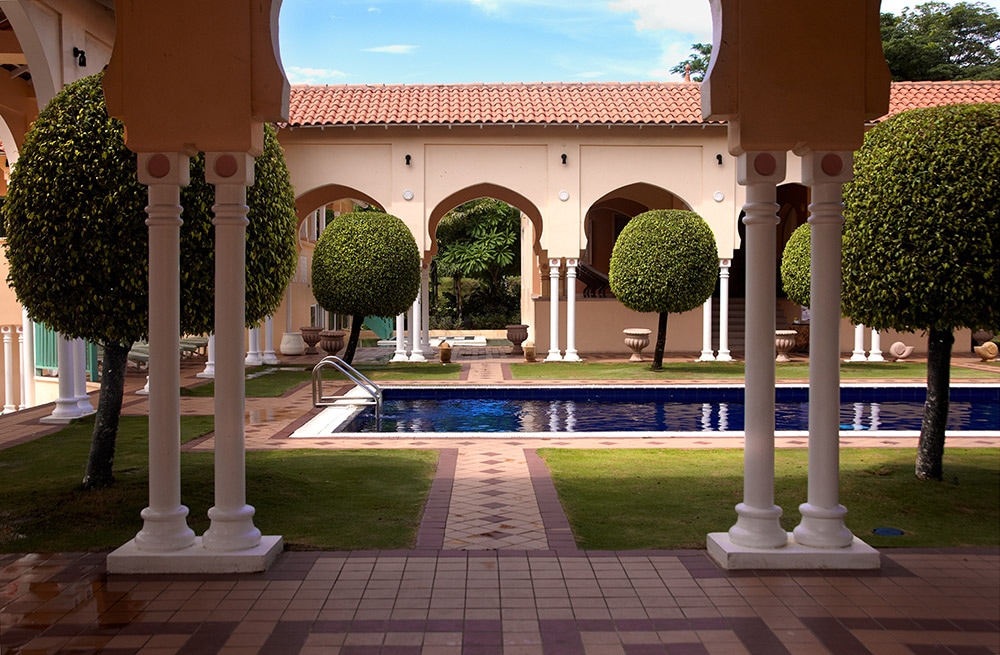
During my initial meeting, Dr. Samantha asks me to complete a health assessment, only a few pages, and from this information, prescribes a series of non-invasive, onsite tests:
“Take a plate. Eat anything you want.” She smiles, kindly, knowingly, as we converse and plan out the rest of the day. I will have two more tests and then head into the thalassotherapy pool and infrared sauna, followed by a cocooning body scrub.
Note to self: I catch her observing my sparse-with-raw-greens plate.
- HeartView, determining the condition of the heart.
- ANESA, a blood analyzer measuring 130 parameters of the blood.
- EIS, measuring minerals, hormone levels, serotonin and other areas between the tissues.
- NerveExpress, studying stress and comparing sympathetic and parasympathetic factors.
- BioClip, determining vascular age versus biological age.
“Take a plate. Eat anything you want.” She smiles, kindly, knowingly, as we converse and plan out the rest of the day. I will have two more tests and then head into the thalassotherapy pool and infrared sauna, followed by a cocooning body scrub.
Note to self: I catch her observing my sparse-with-raw-greens plate.
The thalassotherapy pool, prescribed by Dr. Samantha to rebalance and remineralize is warm. Private. The water pumped directly from the Caribbean Sea.
“Sea water contains the same minerals we have in our bodies,” Dr. Samantha explains. “So when there’s an imbalance, sea water helps. It’s why people crave the sea. The salt water absorbs immediately into the skin and begins to do its work.”
During my 30-minute thalassotherapy session, conducted in an indoor, enclosed area, a therapist enters the water with me, carefully positioning me – feet, hands, arms, thighs, calves, stomach, buttocks – in front of high-pressure jets. At one point, when my shoulders are poised directly in front of the spewing sea water, they begin to itch. My therapist immediately notices, and queries:
“Are you uncomfortable? Do you want to stop?”
“No, but it’s so strange,” I say.
“Not strange at all,” she smiles. “The itchiness means the (thalassotherapy treatment) is working. Your shoulders are a source of pain.”
Indeed, they are.
The infrared sauna – a new treatment available to all BodyHoliday guests – proves equally therapeutic, although much more low key. Up to six people can undergo the treatment simultaneously. Men arrive shirtless; women in bathing tops or bare backs, to sit quietly 20 minutes in the warm wooden chairs. There is no sweating, just a light, gentle heat penetrating into the back, through the spine and into the organs and bones – warming and speeding up the lymphatic system. Increasing circulation. Relieving muscle pain. Burning fat. And helping to destruct ‘bad’ cells.
“Sea water contains the same minerals we have in our bodies,” Dr. Samantha explains. “So when there’s an imbalance, sea water helps. It’s why people crave the sea. The salt water absorbs immediately into the skin and begins to do its work.”
During my 30-minute thalassotherapy session, conducted in an indoor, enclosed area, a therapist enters the water with me, carefully positioning me – feet, hands, arms, thighs, calves, stomach, buttocks – in front of high-pressure jets. At one point, when my shoulders are poised directly in front of the spewing sea water, they begin to itch. My therapist immediately notices, and queries:
“Are you uncomfortable? Do you want to stop?”
“No, but it’s so strange,” I say.
“Not strange at all,” she smiles. “The itchiness means the (thalassotherapy treatment) is working. Your shoulders are a source of pain.”
Indeed, they are.
The infrared sauna – a new treatment available to all BodyHoliday guests – proves equally therapeutic, although much more low key. Up to six people can undergo the treatment simultaneously. Men arrive shirtless; women in bathing tops or bare backs, to sit quietly 20 minutes in the warm wooden chairs. There is no sweating, just a light, gentle heat penetrating into the back, through the spine and into the organs and bones – warming and speeding up the lymphatic system. Increasing circulation. Relieving muscle pain. Burning fat. And helping to destruct ‘bad’ cells.
The next morning, I’m back in Dr. Samantha’s office where, after analyzing my test results, she’s created my treatment plan for the day. A warming body wrap. Time in the Ayurveda Pavilion for Abhyanga massage and Shirodhara. More infrared sauna and thalassotherapy. A private yoga and meditation session. And lunch – prepared by the chef as prescribed by Dr. Samantha.
We start with the Abhyanga massage with warm oil to repair and retexture the skin, and long soothing strokes to benefit the lymphatic and nervous systems, increase circulation and aid joint pain. The treatment moves immediately into Shirodhara, an intense treatment, where a warm-to-hot oil, specific to dosha body type is slowly dripped onto the third eye (forehead) and hairline for ultra-deep relaxation. And a bonus hair-conditioning treatment.
I arrive at lunch, hair dripping in oil, give my name as instructed to the server, then sit back as one-by-one my lunch courses arrive. A beautiful pink-red hot beet root soup. Delicious. A large plate of warm wild rice with cooked vegetables. And for dessert, fresh mango sorbet served in gorgeous blue glass. For someone who skips lunch, I’m surprising not ‘full.’ And in fact, feel balanced. Energetic.
Yoga, outdoors in a tree house, is followed by another round of sauna and foamy seawater thalassotherapy session. Late in the day, in robe and slippers, watching the sun sink into the sea from my verandah, I detect a theme – of warm – to my day. Warm tea, warm massages, oils, saunas, sea baths. And even meals.
We start with the Abhyanga massage with warm oil to repair and retexture the skin, and long soothing strokes to benefit the lymphatic and nervous systems, increase circulation and aid joint pain. The treatment moves immediately into Shirodhara, an intense treatment, where a warm-to-hot oil, specific to dosha body type is slowly dripped onto the third eye (forehead) and hairline for ultra-deep relaxation. And a bonus hair-conditioning treatment.
I arrive at lunch, hair dripping in oil, give my name as instructed to the server, then sit back as one-by-one my lunch courses arrive. A beautiful pink-red hot beet root soup. Delicious. A large plate of warm wild rice with cooked vegetables. And for dessert, fresh mango sorbet served in gorgeous blue glass. For someone who skips lunch, I’m surprising not ‘full.’ And in fact, feel balanced. Energetic.
Yoga, outdoors in a tree house, is followed by another round of sauna and foamy seawater thalassotherapy session. Late in the day, in robe and slippers, watching the sun sink into the sea from my verandah, I detect a theme – of warm – to my day. Warm tea, warm massages, oils, saunas, sea baths. And even meals.
The next morning, walking me through my test results, Dr. Samantha explains the warming factor. In Ayurveda, my body composition is vata, which means I’m more on the airy side, in my head, easily stressed and anxious if out of balance, so warm foods and relaxing, grounding therapies work well. Overall, I’m in good health, my vascular age that of someone 15 years younger. My heart, green, near perfect. But with a slight lack of oxygen to it (yoga will help). The Nerve Express test reveals stress; while the EIS shows low sodium, decreased serotonin and joint pain.
And it is here that Dr. Samantha offers my personalized take-home prescription: daily yoga; monthly massages with focus on abdominal massage; meditation and breathing techniques; a change in diet to more warming and easily digestible foods, and recommendation to fast once a week. She presents me with a hardbound book containing printouts of my test results, a personalized yoga plan; breathing and meditation exercises, and a three-month diet-and-lifestyle plan including specific foods to eat (rice, oats, cooked vegetables, salt). And those to avoid.
And it is here that Dr. Samantha offers my personalized take-home prescription: daily yoga; monthly massages with focus on abdominal massage; meditation and breathing techniques; a change in diet to more warming and easily digestible foods, and recommendation to fast once a week. She presents me with a hardbound book containing printouts of my test results, a personalized yoga plan; breathing and meditation exercises, and a three-month diet-and-lifestyle plan including specific foods to eat (rice, oats, cooked vegetables, salt). And those to avoid.
I clutch the book to my chest, grateful to be armed with such valuable health knowledge. And now understand why many BodyScience guests are repeats. And how no two ‘prescriptions’ are the same.
Vowing to start my new regimen immediately, I make my way to the seaside “Deli,” loved by BodyHoliday guests for its bottomless jars of gluten-free cookies and healthy made-on-the-spot smoothies. Without any hesitation, I order an alkaline-rich “coconut cleanser” – lime juice, ginger, beetroot, tomato, radish, cayenne pepper and coconut water.
Vowing to start my new regimen immediately, I make my way to the seaside “Deli,” loved by BodyHoliday guests for its bottomless jars of gluten-free cookies and healthy made-on-the-spot smoothies. Without any hesitation, I order an alkaline-rich “coconut cleanser” – lime juice, ginger, beetroot, tomato, radish, cayenne pepper and coconut water.
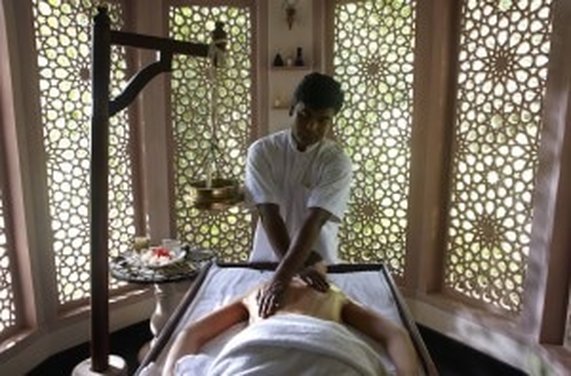
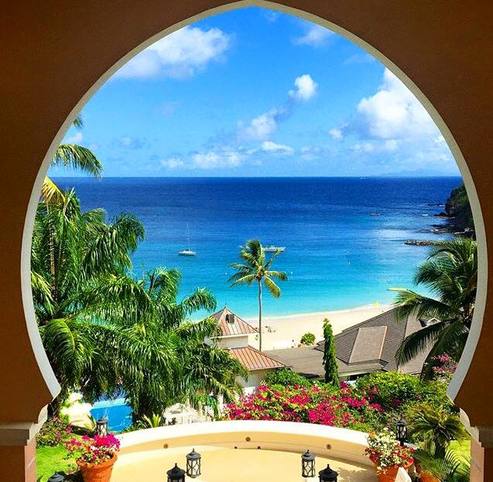
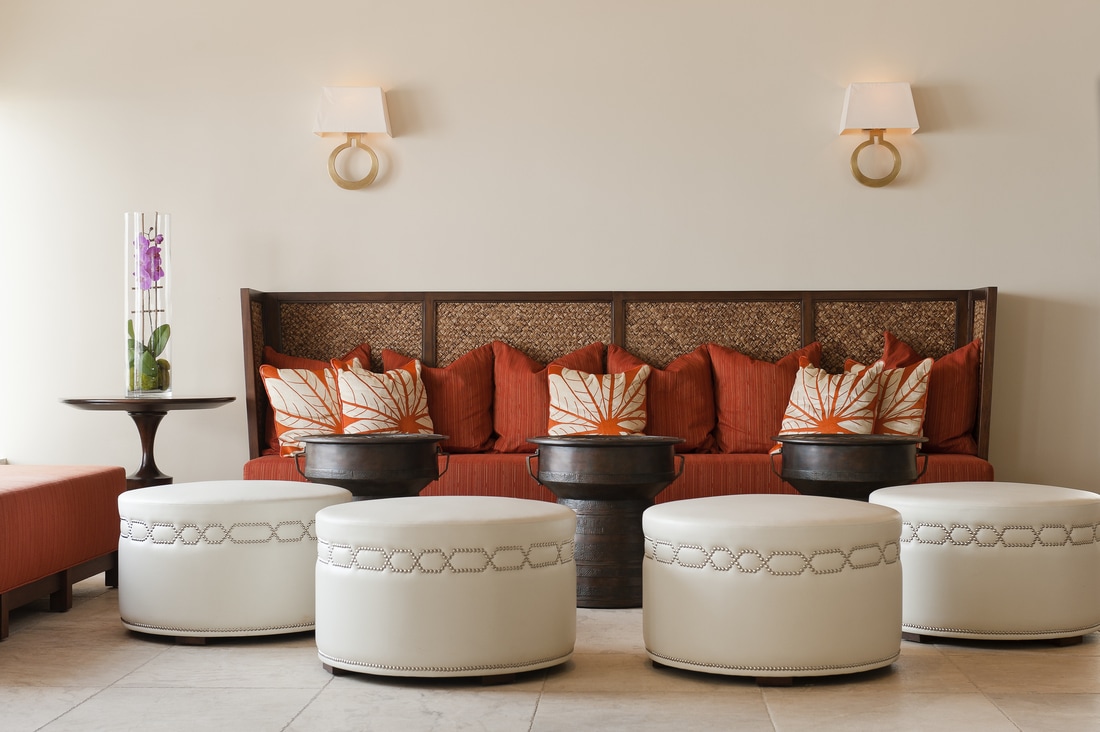
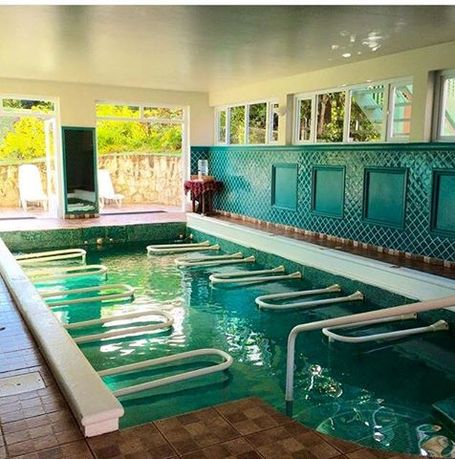
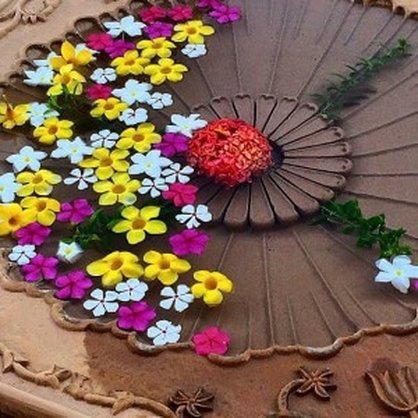
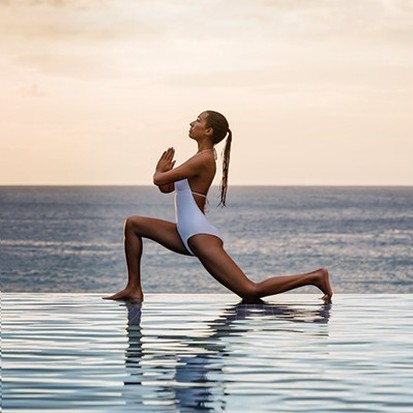
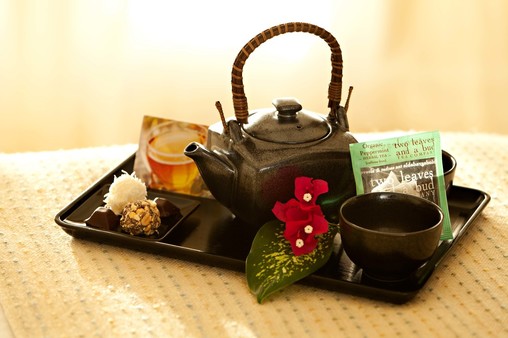
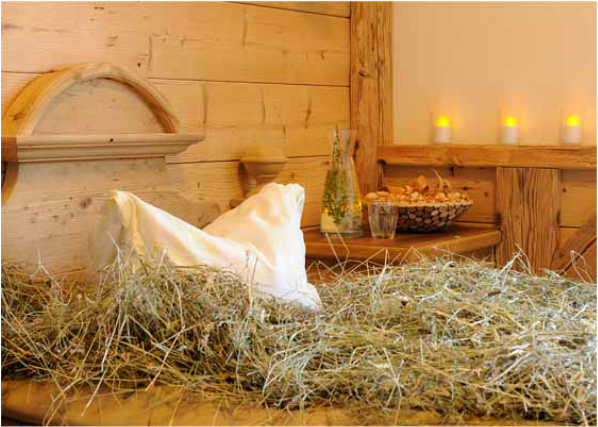
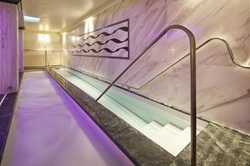
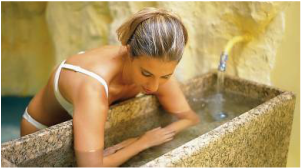
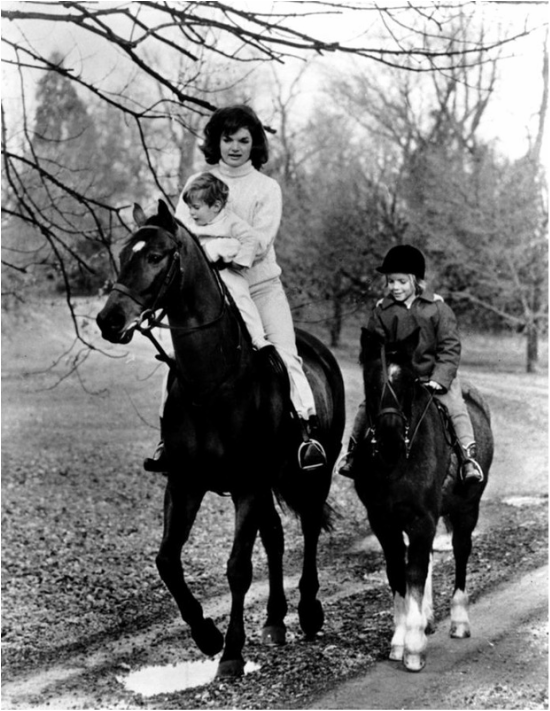
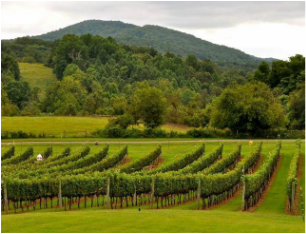
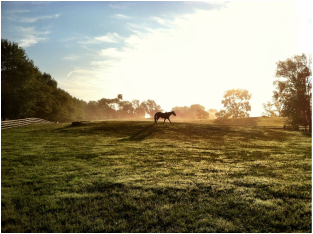
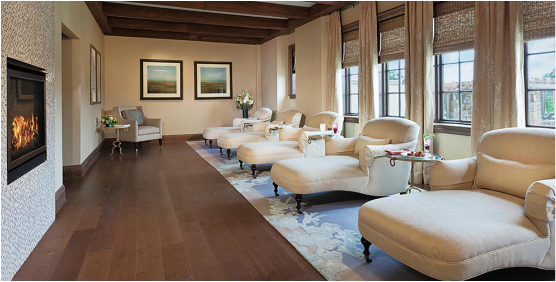
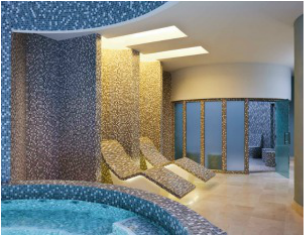
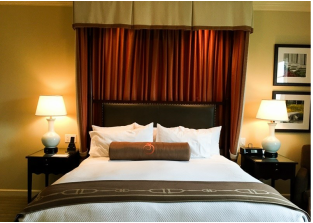
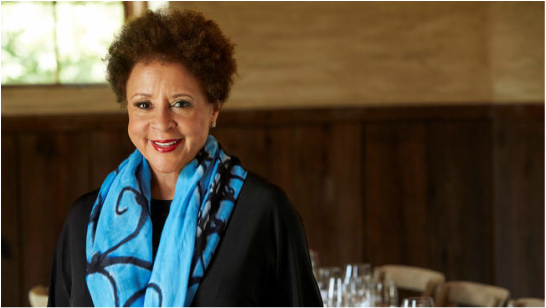
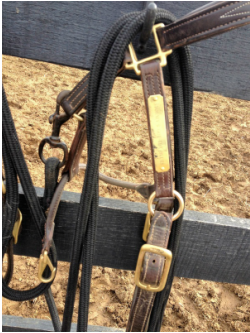
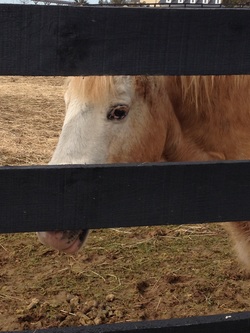
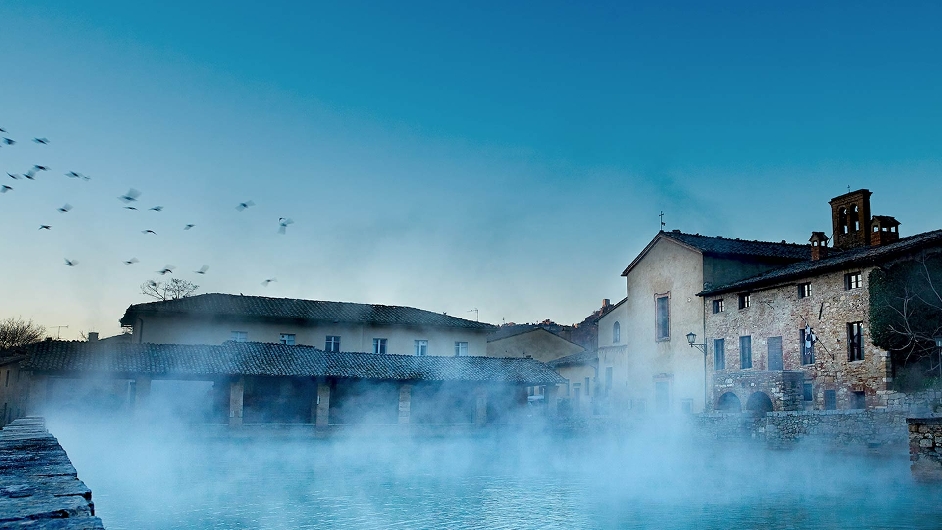
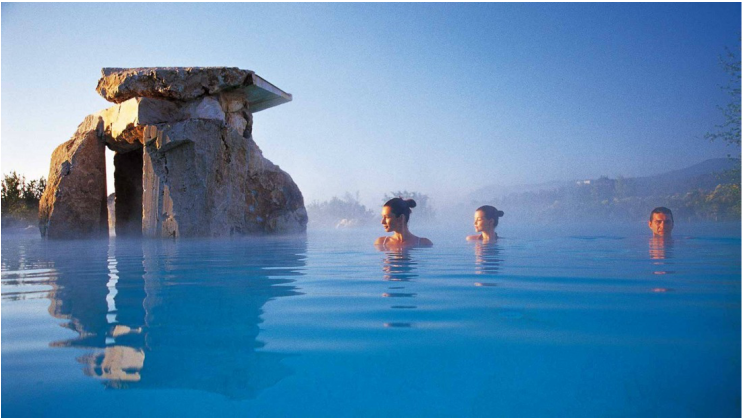
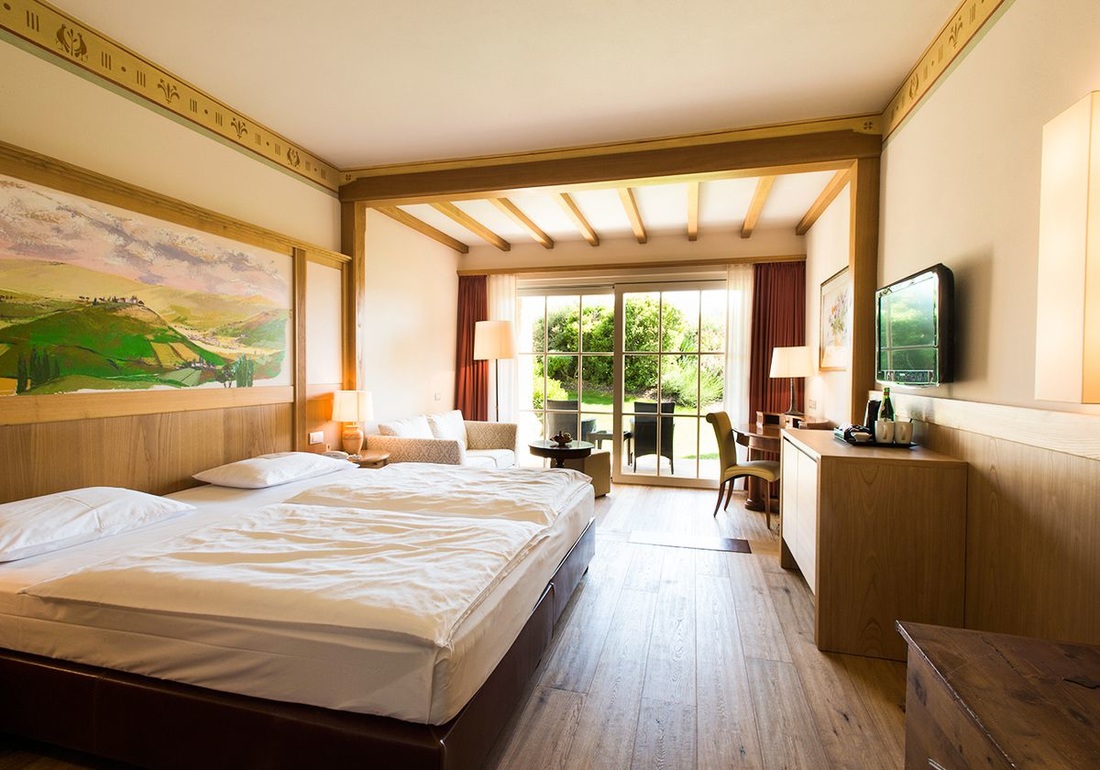
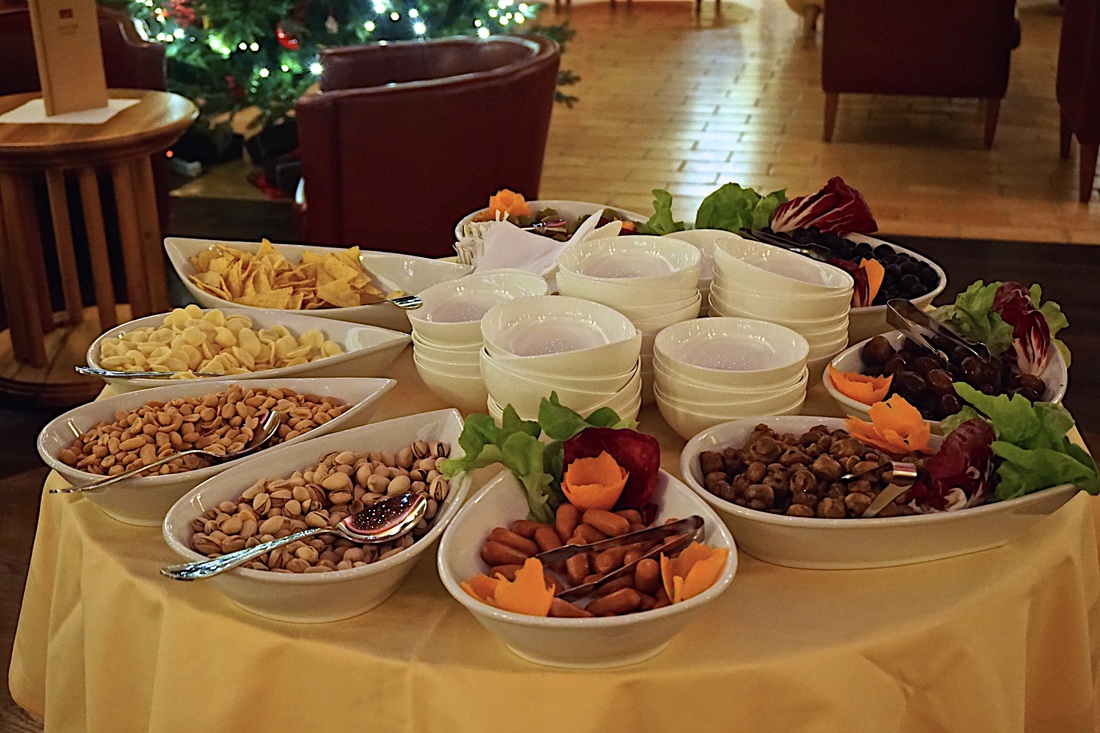
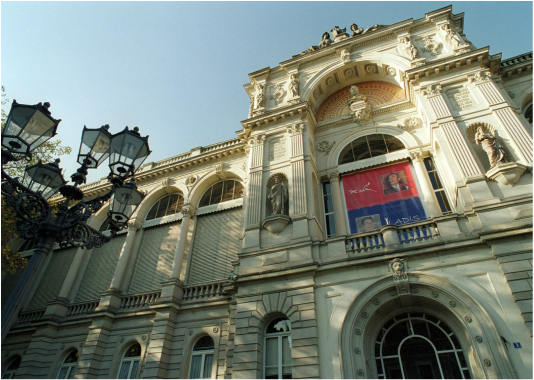
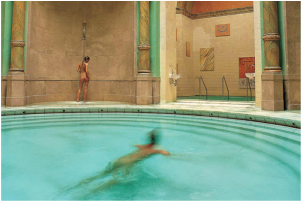
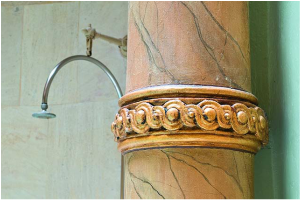

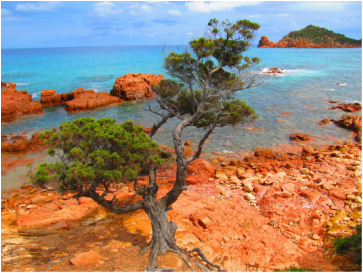

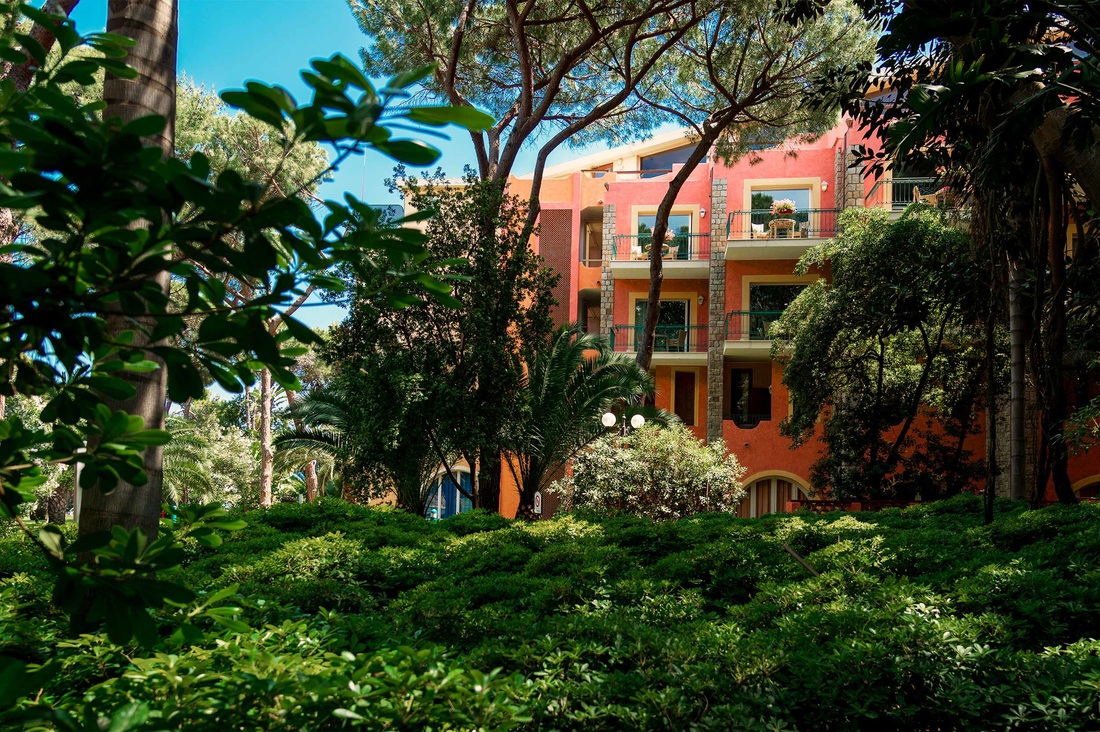
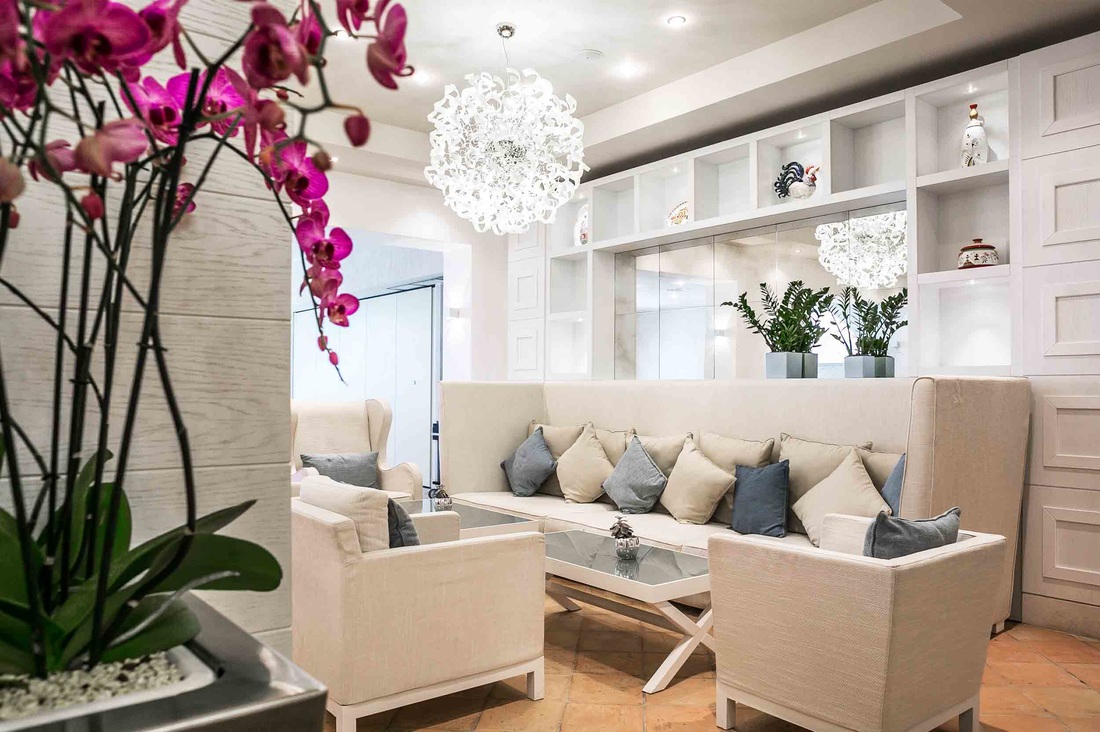
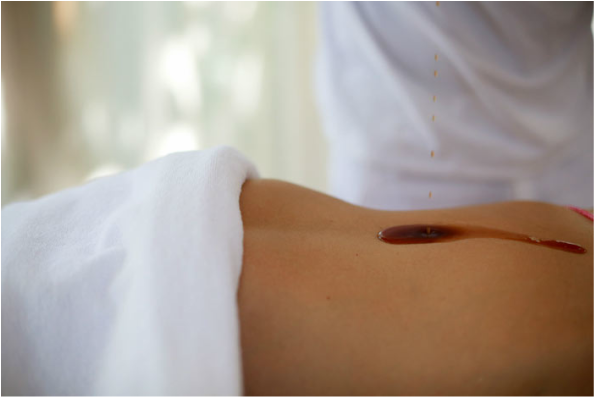
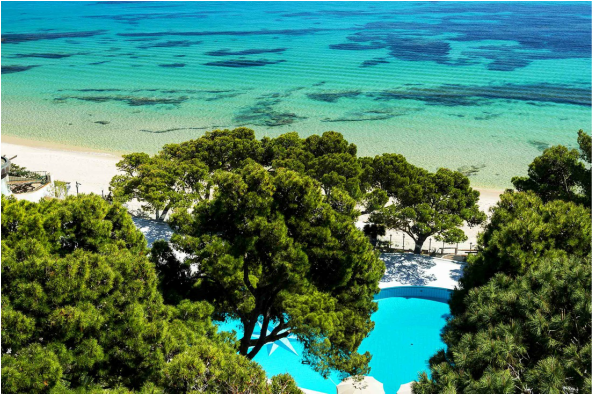
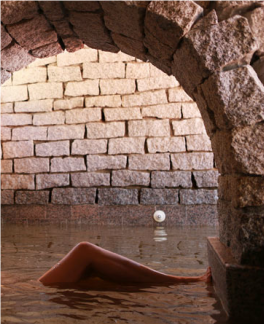
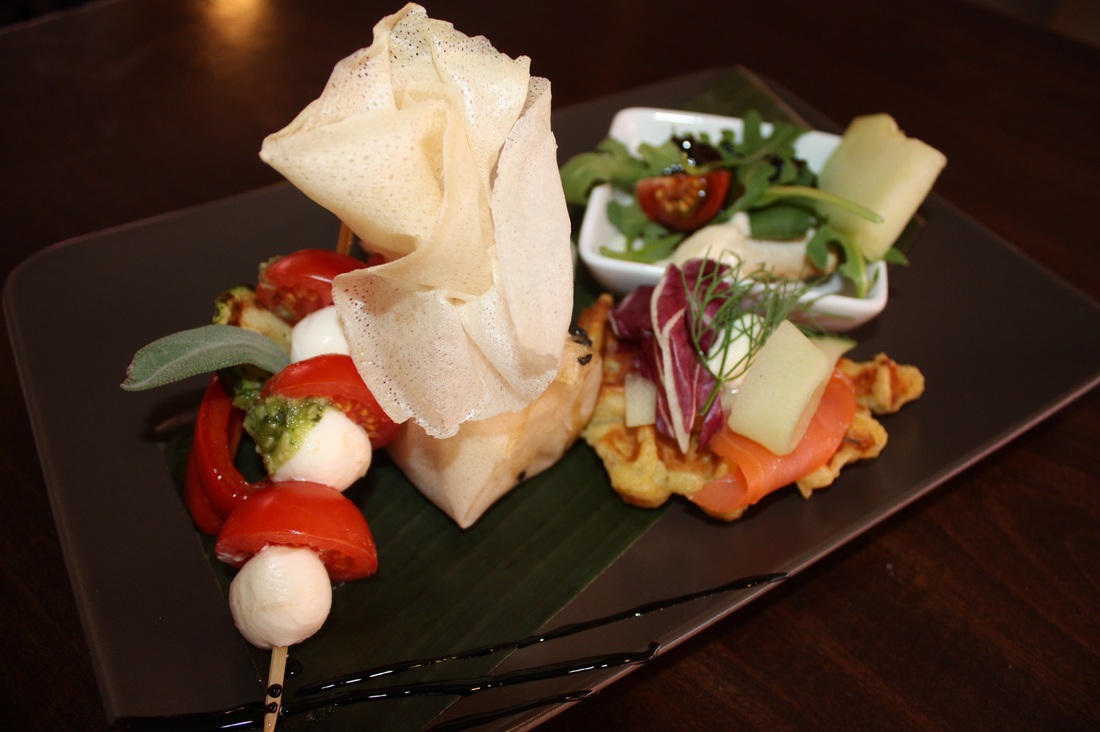
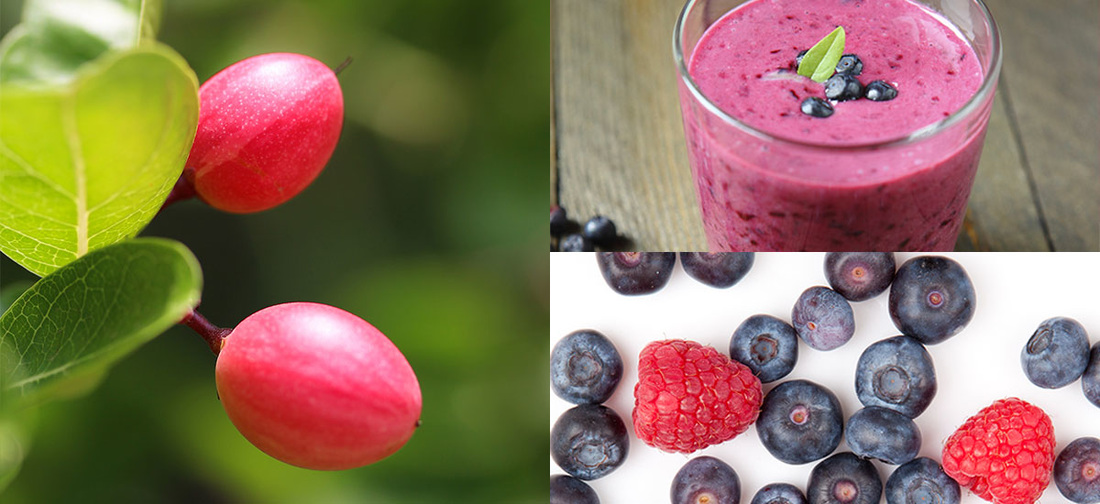
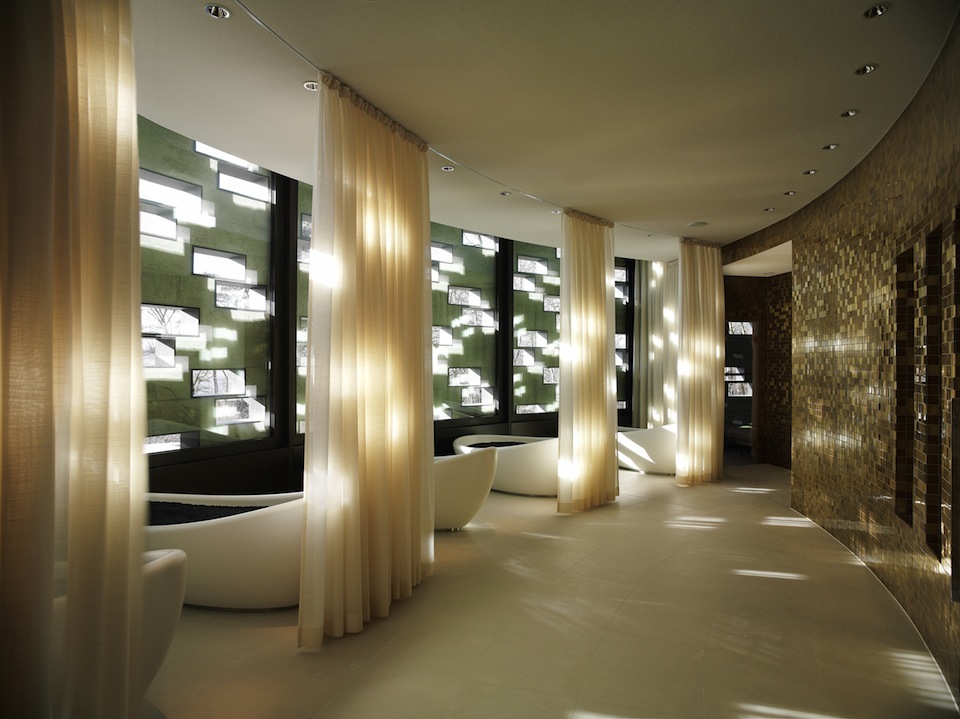
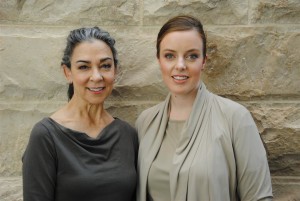
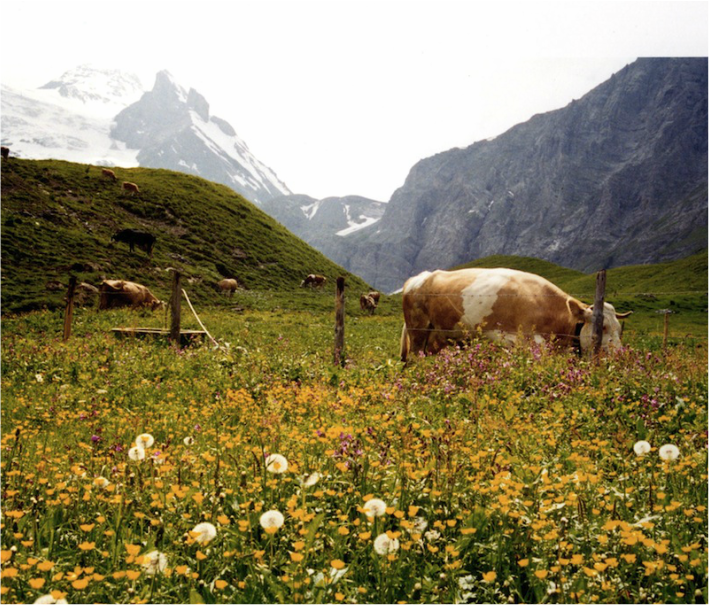
 RSS Feed
RSS Feed